 Martin Gleeson’s planned conversion from Rugby League comes eight years after England earmarked him for their defence of the World Cup in 2007.
Martin Gleeson’s planned conversion from Rugby League comes eight years after England earmarked him for their defence of the World Cup in 2007.
Within months of presiding over the victory in Sydney four years earlier, the newly-knighted Sir Clive Woodward strengthened Twickenham’s League connection by appointing Joe Lydon as backs coach. His arrival coincided with the approach to Gleeson then at the end of his second season as a Great Britain Test centre.
“I had a meeting with Joe Lydon (right) in 2004 with a view to signing for England,” Gleeson said. “I had flirted with the idea once or twice before but I really wanted to make the move. I knew that the proposal had to be sanctioned by the RFU. For whatever reason, it didn’t materialise and I ended up signing for Warrington from St Helens.”
That ‘whatever reason’ can be explained by the fact that the bid for Gleeson coincided with the volatile events at Twickenham that summer which ended with Woodward’s resignation. In that respect, Gleeson may have been as much a victim of RFU politics as anything else.
Ever the innovator, Woodward had begun thinking outside the box in the early stages of his seven years in charge of England. He presented the RFU with a hit list of six Rugby League players and urged his employers to find the funds to sign them.
They did so in respect of the inimitable Jason Robinson (Wigan to Sale) and also pushed the boat out to secure the less successful Henry Paul (Bradford Bulls to Gloucester). A third, Wigan full-back Kris Radlinski, resisted all temptation to cross the Rubicon.
Maurice Lindsay, then Wigan chairman, confessed to being ‘gobsmacked’ at the amount the RFU put on the table for Radlinski. “I thought he was a goner,” Lindsay said. “The money staggered me because it would have been a sensational amount spread over a few years. It cost us a fortune to keep him.”
Radlinski, who stayed with Wigan throughout a career truncated by injury at the age of 30, told me at the time: “There was a massive difference between the two offers. I was pretty close to giving it all up and that would have been very foolish. I’m actually living my dream. All I ever wanted was to play for Wigan.”
Two years out from winning in Sydney, England declared themselves satisfied with their initial raid on the best in League. “Robinson, Paul and Radlinski were the three we regarded as having the most potential to make an impact on the World Cup,” Fran Cotton, then chairman of the RFU’s Club England sub-committee, said before the golden expedition to Australia. “We’ve got two of the three which is not bad.”
Post-World Cup, Woodward made no secret of his dissatisfaction at the RFU’s failure to give him the ammunition for more League signings. “When I began my job as England coach, I identified some big problems that had threatened to hold us back – five of them to be precise,” he wrote in his autobiography, Winning. “I went forward with confidence on the assumption that these problems would be solved.
“Perhaps the two biggest issues – more control of the elite players in line with our main competitors and the signing of world-class talent from Rugby League – had simply failed to materialise. For me not to pursue this significant pool of talent in Rugby League aggressively would have been a serious mistake.
“However, just when I believed I had four of the very best players in League ready to switch codes, some at the RFU got cold feet and the financial and political implications overtook the obvious advantages. Of course, since then the other nations, most notably Australia, have signed League players.”

Gleeson, as revealed in The Rugby Paper last week, wants to finish his career in Union once he is free to play again in November after an 18-month drugs ban. At 32, he has left it too late to become a dual-code international, a distinction achieved, albeit briefly, by two of his Great Britain team-mates when Gleeson played his first Test during the 2003 Ashes series against Australia.
Andy Farrell and Brian Carney were the others. Farrell, hamstrung by the injuries which took a large chunk out of his comparatively short Union career, was never able to do himself full justice despite eight England appearances, the last of them during the 2007 World Cup. Carney, then past his best, went to the same World Cup with Ireland but without making an appearance.
Gleeson will hope to make more of a lasting impression on Union than some of his northern brethren. Karl Pryce, for instance, managed three starts for Gloucester because of a foot injury before rejoining Wigan and Chev Walker spent less than a year at Bath under Brian Ashton’s coaching before returning north in September 2007.
No matter how many League players switch codes in the years to come, no deal is likely to be as expensive as the one which took Iestyn Harris from Leeds to Cardiff at the turn of the century. It cost the Welsh Rugby Union around £1.5m – half of it as a transfer fee, the other half in wages.
Graham Henry, then halfway through his five-year stint as Wales coach, wanted Harris so badly that he picked him at fly-half after a handful of games for Cardiff. Crossing the divide as a wing was one thing; as a fly-half, in the most demanding position of all, infinitely more difficult.
Not surprisingly after an absurdly short apprenticeship, Harris struggled with his kicking game, forcing Wales to shift him one stop further out at inside centre. A prodigious goalkicker, he started 18 Tests over a period of three years before returning to his natural League habitat in 2004.

2 Comments
You must be logged in to post a comment Login
Leave a Reply
Cancel reply
Leave a Reply
You must be logged in to post a comment.

United Rugby Championship
URC Quarter-Finals Talking Points: Duhan van der Merwe misses out for Edinburgh



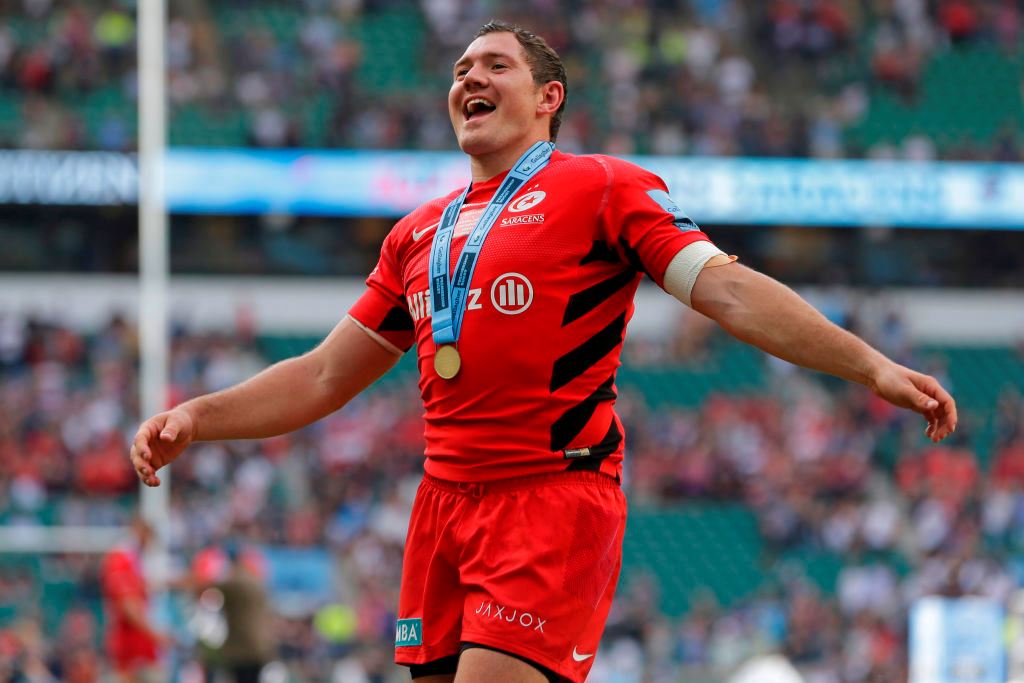


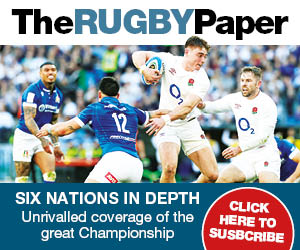

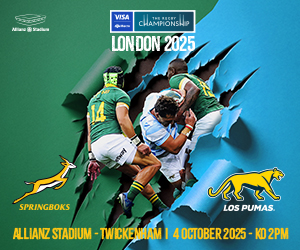


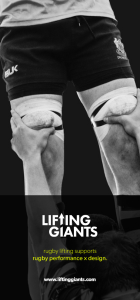








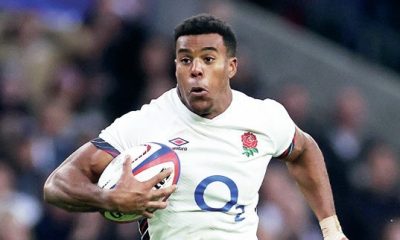


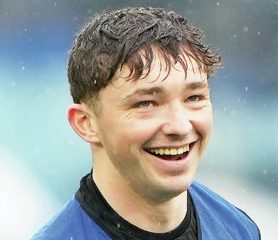

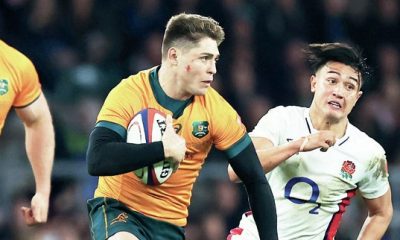

Pingback: Belcampo Anya Fernald scandal
Pingback: ดูหนังใหม่ Netflix Viu